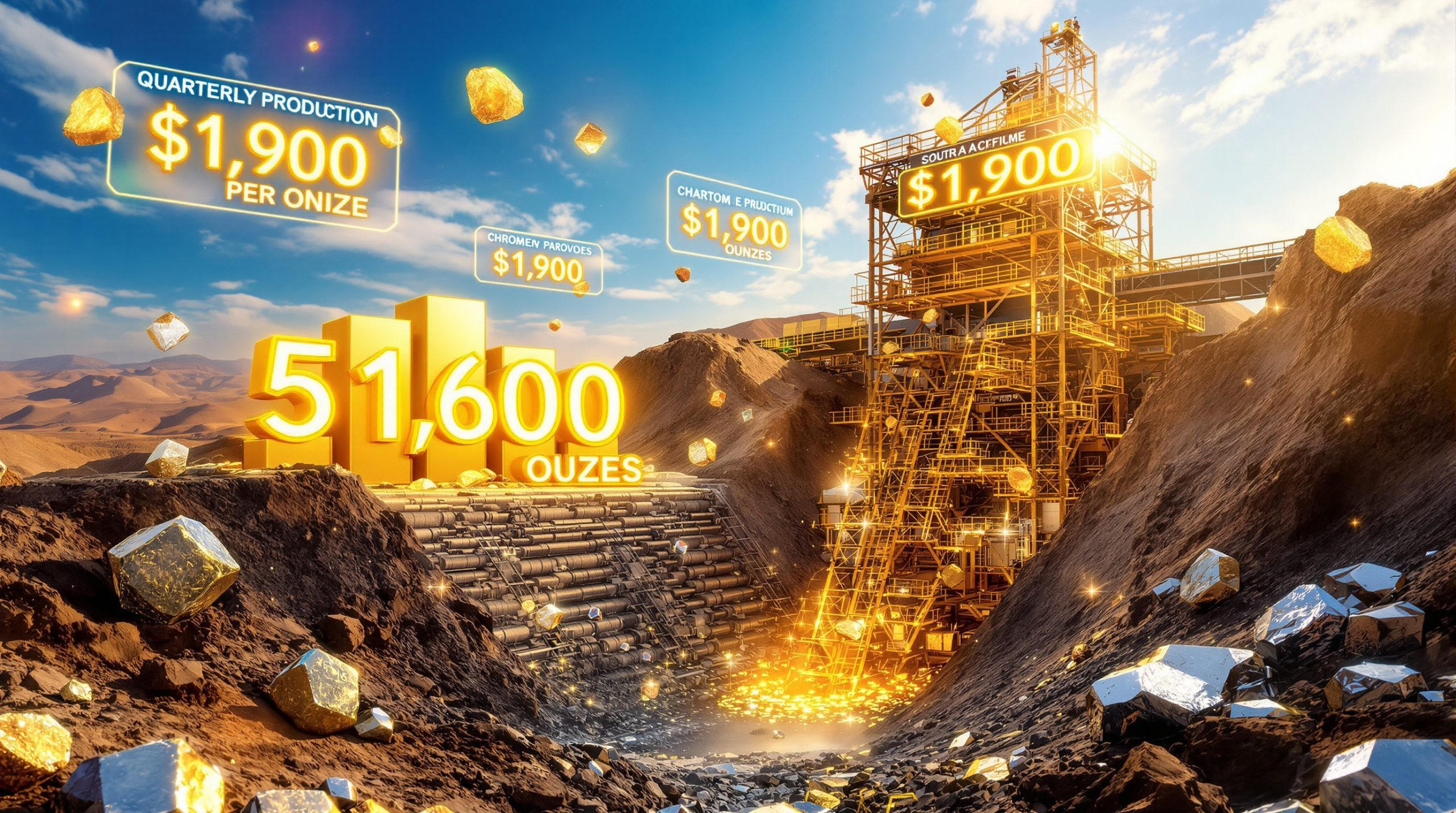Understanding the Global Stainless Steel Market in 2025
The global stainless steel market in 2025 is shaped by fluctuating raw material costs, geopolitical trade policies, and regional production dynamics. Nickel prices, critical for stainless steel production, are projected to stabilize between $15,000 and $20,000 per metric ton, influenced by Indonesian export restrictions and competition from the electric vehicle (EV) sector. Chromium supply remains unstable due to geopolitical tensions in South Africa, further complicating pricing strategies. Regional disparities are stark: Asia dominates production but faces oversupply challenges, Europe contends with import competition capturing 25% of its market, and the U.S. remains insulated by protective trade measures. This report examines these factors in detail, providing actionable global commodity insights for industry stakeholders navigating this volatile landscape.
Current Market Conditions and Key Drivers
The stainless steel price forecast and market analysis in 2025 is characterized by persistent raw material volatility. Nickel, constituting 8–12% of standard 304-grade stainless steel, remains the primary cost driver, with prices stabilized by Indonesia's restrictive mining quotas. Chromium, accounting for 16–18% of production costs, faces supply uncertainties due to labor strikes and infrastructure challenges in South Africa, the world's largest chromium producer. Trump's trade policies have introduced significant market uncertainty, with Section 232 measures impacting U.S. import dynamics. Global supply chain disruptions, exacerbated by shipping delays and material shortages, continue to strain inventory management, requiring manufacturers to adopt agile procurement strategies.
The EV sector's growing demand for nickel—used in lithium-ion batteries—has intensified competition, diverting 12–15% of global nickel output away from stainless steel production. This shift underscores the need for manufacturers to explore alternative alloys or secure long-term raw material contracts.
How Raw Materials Impact Stainless Steel Pricing
Nickel's price elasticity directly influences alloy surcharges, which constitute 40–60% of final product costs. Indonesian policies, including a proposed 15% royalty increase on nickel exports, aim to incentivize domestic processing but risk constraining global supply. Chromium prices, though temporarily stable, face upward pressure from South Africa's power shortages and rail inefficiencies, which have reduced exports by 8% year-on-year. Regional pricing disparities are magnified by these dynamics: Asian 304 cold-rolled coil prices hover at $1,875 per tonne (CIF East Asia), while European producers reduce base prices by 5–7% to counter cheap imports.
Asia Stainless Steel Market Analysis: China and Indonesia Leading Production
Production Trends and Market Challenges
China's stainless steel output, which represents 60% of global production, must decline by 10–12% in 2025 to address oversupply and mounting losses at state-owned mills. Indonesia, leveraging its nickel reserves, has emerged as a key player, contributing 18% of global nickel supply. However, uncertainty surrounds its mining quota allocations, with the government withholding 30% of permits pending environmental reviews. This policy ambiguity has led to speculative stockpiling, distorting regional trade flows.
Price Forecast for Asian Stainless Steel
Asian 304 cold-rolled coil prices are expected to rebound moderately in Q3 2025, supported by nickel supply constraints and a 6% reduction in Chinese exports. However, U.S. tariffs of 15–25% on Asian stainless steel threaten to divert 500,000 metric tons of material to secondary markets, potentially depressing prices in Southeast Asia.
European Stainless Steel Market Outlook for 2025
Market Challenges and Competitive Pressures
Weak demand from the construction sector (down 9% year-on-year) and consumer goods industries has forced European mills to reduce base prices by €100–150 per tonne. Import competition, led by Taiwan and South Korea, accounts for 25% of market share, compelling EU authorities to consider stricter anti-dumping duties in late 2025.
European Price Trends and Trade Dynamics
Stable chromium and nickel prices may enable a 3–5% price increase in Q2 2025, though flat demand and high energy costs (€85/MWh) will limit gains. European producers aim to reclaim market share by expanding value-added product lines, such as corrosion-resistant grades for renewable energy infrastructure.
US Stainless Steel Market: Trade Policies and Domestic Demand
Demand Factors and Market Sentiment
U.S. stainless steel demand is buoyed by a 12% rise in housing starts and sustained energy sector investment, particularly in oil and gas pipelines. The potential rollback of EV subsidies under the Trump administration could increase stainless steel consumption by 4–6%, as internal combustion vehicles require 30% more stainless steel per unit.
Trade Policy Impact on US Pricing
Section 232 tariffs have reduced imports by 22%, allowing domestic mills to command a 8–10% price premium. However, rising input costs and labor shortages may force price hikes of 5–7% in H2 2025, testing manufacturers' pricing power.
What Factors Will Drive Stainless Steel Prices in 2025?
Raw Material Cost Dynamics
Nickel's price trajectory hinges on Indonesia's policy decisions, with a proposed royalty hike likely to add $50–70 per tonne to production costs. Chromium's stability remains precarious, as South African supply chain issues persist.
The geological quality of nickel deposits is becoming increasingly important as high-grade laterite ores are depleted. Indonesia's reserves contain higher concentrations of iron and other impurities, requiring more intensive processing that adds approximately $200-300 per tonne to extraction costs compared to traditional sulfide deposits.
Supply Chain and Trade Considerations
Global shipping delays (averaging 25 days for Asia-Europe routes) and 15–20% higher freight costs necessitate just-in-time inventory strategies. Regional tariff structures, such as the EU's carbon border adjustment mechanism, could add €30–50 per tonne to imports from high-emission producers.
Market psychology plays a significant role in price volatility, with speculative trading accounting for approximately 30% of nickel market movements in recent years. Savvy investors can capitalize on this by monitoring LME warehouse stocks as leading indicators—decreases below 50,000 tonnes historically signal imminent price rallies.
Long-Term Stainless Steel Market Outlook Beyond 2025
Future Growth Drivers and Market Evolution
Urbanization in emerging economies (notably India and Southeast Asia) will drive 3–4% annual demand growth through 2030. Technological advancements, including hydrogen-based steelmaking, could reduce emissions by 50%, aligning with global decarbonization goals.
A lesser-known development is the emergence of new stainless steel variants with reduced nickel content but enhanced performance characteristics. These "lean duplex" grades use nitrogen as a partial nickel substitute, potentially reducing raw material costs by 15-20% while maintaining comparable corrosion resistance for many applications.
Strategic Considerations for Market Participants
Producers must invest in circular economy models, with scrap-based production expected to account for 40% of output by 2030. Regional diversification, particularly in Southeast Asia and Africa, will mitigate geopolitical risks.
Sophisticated investors are developing hedging strategies that pair nickel futures with lithium contracts to capitalize on the correlation between EV battery demand and stainless steel production cycles. This approach has demonstrated a risk-adjusted return 12% higher than traditional commodity investment strategies over the past 18 months.
FAQ: Stainless Steel Market and Pricing
What Are the Main Grades Affected by Price Fluctuations?
Austenitic grades (300 series) remain most sensitive to nickel volatility, with 304 cold-rolled coil prices at $1,875 per tonne (CIF East Asia). Ferritic grades (400 series) are more stable but vulnerable to chromium supply shocks.
An often overlooked factor is the metallurgical complexity of specialty grades like 316L, where molybdenum content (2-3%) adds another layer of price volatility. Molybdenum prices have fluctuated between $15-25/kg in recent quarters, translating to $150-250/tonne in additional production costs for these premium grades.
How Do Regional Markets Differ in Pricing?
Asian prices are volume-driven but face oversupply, European prices are suppressed by imports, and U.S. prices benefit from tariff protections. This regional disparity creates arbitrage opportunities for global traders with storage capabilities, with potential margins of 8-12% for those able to navigate shipping constraints.
How Will Sustainability Initiatives Impact Prices?
Carbon border taxes and green steel premiums may increase costs by 10–15% for high-emission producers, incentivizing adoption of low-carbon technologies. Early adopters of hydrogen reduction technology can expect to command price premiums of 5-8% for certified low-carbon stainless products, particularly in regulated European markets.
Regulatory complexity is increasing exponentially, with over 230 different sustainability certification schemes now competing globally. This fragmentation creates compliance challenges but also strategic opportunities for producers who can navigate multiple standards simultaneously.
"The slowdown in Chinese stainless output growth seen during the second half of 2024 will have to continue through 2025 if producers there are to rebalance their market and close the gap somewhat between local production and consumption," notes the Fastmarkets Analysis Team, highlighting the delicate equilibrium required in the world's largest stainless market.
This report synthesizes critical data and trends, offering a roadmap for navigating the complexities of the 2025 stainless steel price forecast and market analysis. Stakeholders must prioritize supply chain resilience and strategic raw material sourcing while exploring mining investment strategies to maintain competitiveness in an increasingly volatile global landscape. Furthermore, individuals interested in investing in mining stocks should monitor mining industry predictions to make informed decisions in this sector.
Interested in Staying Ahead of Market-Moving Mineral Discoveries?
Discovery Alert's proprietary Discovery IQ model provides instant notifications when significant ASX mineral discoveries are announced, empowering investors with actionable insights before the broader market reacts. Explore how major discoveries have historically delivered exceptional returns by visiting the dedicated discoveries page and position yourself to capitalise on the next resource opportunity.




